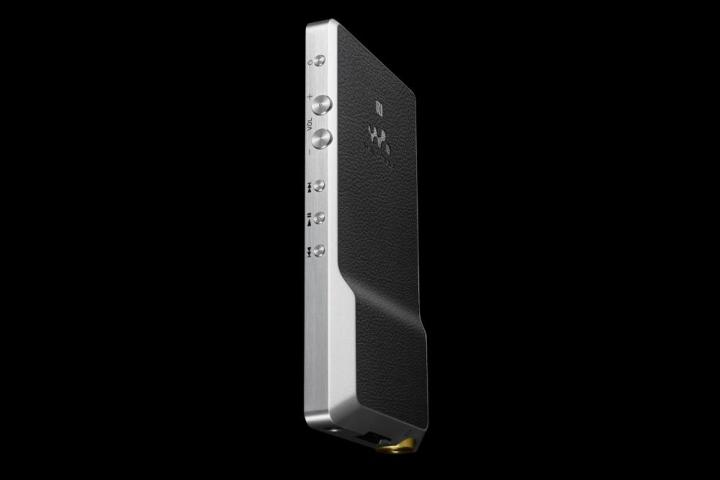
The ZX1 appears to be a serious piece of machinery on paper. Crafted out of a solid block of aluminum, the 128GB player enables playback of WAV/AIFF, FLAC (192kHz/24bit), and ALAC formats. The player also features Sony’s proprietary DSEE HX technology, which upscales compressed files to near-hi-res audio quality by “restoring the subtleties of the original recording.” Sony does not disclose the details when it comes to the audio nuts and bolts of the ZX1, but at $700, we’re hoping to see some serious architecture inside once it makes its way stateside, including a premium headphone amplifier, and digital-to-analog converter (DAC).

Like all hi-resolution players such as Neil Young’s PonoPlayer, Astell&Kern players, and others, the ZX1’s most important function is its ability to transfer, store, and play audio files (such as those listed above) that are much larger and unwieldy pieces of data, in order to offer a new level of sonic purity. A single hi-res song might take up around 50-75MB, which many modern listeners associate with the size of an entire record. That might be an obstacle that some listeners won’t be willing to leap over. But, as hi-res becomes the latest audio buzzword, Sony and others have faith that the times are a-changin’.
The average music listener during the age of Napster – and the ensuing iTunes/99-cent MP3 era that followed – didn’t care too much about the quality of the songs they pirated or purchased, and you can’t really blame them. Even if you purchased a CD and went home to rip it to your computer, your default rip settings probably compressed the music to all hell and you didn’t even notice. Over time, this growing preference for convenience, ease of access, and speed significantly changed the definition of what the masses considered to be acceptable audio quality.
But this natural progression has come full-circle with rapid technological advancements in storage capacities and download/streaming speeds, and – with some nudges from concerned audiophiles and musicians (e.g. the PonoPlayer) – the public might be getting a bit pickier when it comes to their tunes. Sony is betting they are, as the company has made large strides towards proliferating hi-res audio as of late when it comes to both its hardware lineup, and its content library.
Sony has taken a gamble by going all in with hi-res audio – now it’s up to consumers to decide how much they’re willing to pay to ensure they hear their music the way it was meant to be heard.
[image: Clubic]


